Construction Industrial Machinery Procurement - Essential Guide

This article will guide you through assessing your current construction industrial machinery needs, employing effective sourcing strategies, and maintaining robust supplier relationships.
These production and procurement strategies are all aimed at boosting your project's bottom line while adhering to sustainable practices.
Procurement in construction is the vital task of obtaining construction industrial machinery components, and a wide range of services that are needed for production to go smoothly.
The key to ensuring efficiency and dependability in the manufacturing industry is integrating parts procurement strategies and understanding the basics of procurement.
What will you learn from this article?
1. Procurement Strategies in the Construction Industry

Maintaining operational efficiency in the construction industry requires effective procurement strategies. These strategies involve several key steps:
- Defining requirements.
- Collaborating with machinery component manufacturers.
- Forming strategic partnerships with reliable suppliers.
Sustainable and compliant plans must include market research, supplier evaluation, and technology integration. Market research reveals market conditions and pricing trends, while industrial equipment supplier evaluation assesses suppliers' ability to deliver the right materials on time and at the right price.
Utilizing tools such as ERP, MRP, and supplier collaboration software can streamline procurement processes and improve transparency. Strategic sourcing and vendor management are crucial for long-term success and positive supplier relationships. However, overfocusing on cost, supplier relationship management, and regulatory compliance can complicate industrial equipment sourcing.
2. Organizational Success Through Sustainable Procurement

Organizational success significantly hinges on procurement strategies. When it comes to sustainable industrial machinery supplier selection, organizations need to consider various factors:
- Social
- Ethical
- Environmental
Understanding the supply chain, employing sustainable materials, supporting ethical practices, and auditing compliance are all crucial aspects. Additionally, building strong supplier relationships, leveraging advanced technologies, and consolidating manufacturing purchasing can lead to improved pricing and service.
When negotiating, factors such as acquisition, operating, depreciation, storage, and insurance costs must be considered. Financial management tools and analysis play a vital role in tracking and managing equipment costs. Effective negotiation strategies involve thorough preparation, understanding needs, and employing value-based selling techniques.
3. Strategic Industrial Machinery Procurement for Construction

Strategic procurement is essential for acquiring industrial machinery for construction purposes. Notably, companies like Toyota and Honda manage their supplier relationships through specific methods:
- Investing in technical capabilities
- Sharing strategic information
- Regular meetings
Long-term relationships and operational efficiency require the use of Supplier Relationship Management (SRM) tools and forming strong supplier partnerships. By aligning procurement strategies with broader business goals, organizations can enhance operational efficiency and competitiveness.
Continue reading for more details.
Understanding the nuanced processes
Driving operational efficiency requires defining requirements, interacting with machinery components manufacturers, and ensuring a strategic partnership with dependable machine parts suppliers.
In order to stay competitive in the construction industry, it is important to use efficient procurement strategies and simplify the manufacturing procurement process of purchasing materials for manufacturing.
How to get around in the complicated world of industrial procurement services? You need a solid plan that includes more than just finding replacement parts and doing preventative maintenance. It needs to also be focused on sustainability and compliance.
By learning the basics of procurement and using procurement strategies, you can make the process much easier and make sure that the parts of machinery meet the highest quality standards.
Assessing Your Current Needs
When planning to buy industrial machinery components for construction, it's important to carefully consider the needs of your project.
To ensure a thorough understanding and effective approach, start by determining the project's scope and cost implications. Incorporate procurement strategies as needed.
Consider: fuel consumption, material costs, labor, and the maintenance of equipment, which all contribute to the overall expense.
Additionally, understanding the conditions of your job site is vital. Assess aspects such as terrain, weather conditions, and the type of equipment needed, which influence the choice and efficiency of machinery.
Furthermore, the size and type of equipment are essential. Larger machinery might increase operational costs and safety risks due to more challenging maneuverability and higher fuel consumption.
It's also beneficial to consider the versatility of equipment through attachments which can significantly enhance functionality and reduce the need for multiple machines.
Lastly, factor in the long-term aspects like the potential need for training and certifications for operating specific machinery, which could affect your project's timeline and budget.
Deciding between renting and purchasing equipment is another critical consideration; renting can mitigate issues related to maintenance and storage, providing a cost-effective solution for short-term needs.
Strategies for Effective Sourcing
Conducting Market Research and Supplier Evaluation
- Market Research: Conduct thorough market research and understand the current market conditions and pricing trends. This basic step makes sure you know about the changes that might affect your procurement in manufacturing industry.
- Supplier Queries: Engage multiple vendors to gather information on prices, technical specifications, and any purchase bonuses they might offer. This not only gives you a comparative perspective but also provides leverage during negotiations.
- Supplier Evaluation: Assess potential suppliers based on their ability to deliver the right materials at the right time and price. Avoid choosing suppliers solely based on cost as this may compromise material quality or lead to delays.
Leveraging Technology for Efficient Industrial Procurement
- Integration of Supplier Collaboration Software: Implement next-generation supplier collaboration software. This software can help you: procure equipment faster, streamline communication, enhance transparency, and foster proactive decision-making, adopting an e-procurement tool is beneficial.
This tool centralizes information, integrates various data sources, and provides real-time insights, which are crucial for addressing immediate challenges and advancing digital transformation in the construction sector. - Utilizing ERP and MRP Systems: Employ modern enterprise resource planning (ERP) and material requirements planning (MRP) systems. These technologies are essential for managing projects more efficiently by ensuring an accurate bill of materials and adjusting to project scope changes effectively.
Strategic Sourcing and Vendor Management
- Developing a Sourcing Strategy: Create a continuous process of analyzing available sources to identify the lowest-cost suppliers while minimizing supply line risks.
This strategy should align with the company’s long-term goals, such as ethical sourcing and manufacturing, cost reduction, or supporting innovative suppliers. Crafting a comprehensive industrial procurement strategy is key to achieving these objectives. - Vendor Relationship Management: Formulate a long-term vendor management strategy that includes regular evaluations and re-assessments to ensure continuous product support or upgrades.
This approach is vital for maintaining robust supplier relationships and ensuring the procurement process supports the system’s longevity and reliability.
Challenges and Solutions in Sourcing Industrial Equipment
There are several significant challenges that require strategic solutions to ensure efficiency and compliance. Here are some of the major hurdles and their potential resolutions:
Overemphasis on Cost Reduction
Focusing primarily on cost can lead to compromises in quality and delays. To counter this, it's crucial to balance cost with quality and reliability. Establishing a clear set of criteria that includes performance, durability, and after-sales support can help in making more informed decisions.
Supplier Relationship Management
Effective supplier relationship management (SRM) can be hindered by insufficient alignment between business objectives and procurement strategies.
To enhance SRM, companies should invest in training programs to develop specific competencies related to procurement and supplier engagement. Regular meetings and feedback sessions with suppliers can also ensure that both parties are aligned with the project's goals and expectations.
Regulatory Compliance and Safety Standards
Implementing a comprehensive compliance management system can help track and manage adherence to these regulations. This system should include regular audits and updates on regulatory changes to ensure all procured materials meet the necessary standards.
Sustainability and Compliance in Sourcing
Sustainable sourcing in the industrial machinery sector integrates social, ethical, and environmental performance factors into supplier selection.
It's essential to understand your entire supply chain from raw materials to final assembly, to achieve responsible sourcing. It's crucial to develop criteria for supplier selection that prioritize ethical labor practices, environmental regulations, and embrace sustainable procurement standards.
- Embrace Sustainable Materials: Incorporate recycled content in products and source raw materials from renewable resources.
- Support Ethical Practices: Establish guidelines for responsible extraction and support suppliers committed to ethical mining practices, minimizing environmental disturbances, and ensuring the well-being of local communities.
- Audit and Monitor Compliance: Regularly conduct audits to assess compliance with ethical and environmental standards and implement systems to track key sustainability metrics within your supply chain.
By adopting these practices, you not only comply with regulatory demands but also foster a culture of sustainability within your organization.
Educate your employees about the importance of responsible sourcing and encourage their active involvement in sustainability initiatives.
This approach not only helps in building strong, long-term relationships with suppliers but also fosters a positive company culture and competitive advantages for companies.
Finding Reliable Suppliers
1. Establishing Strong Relationships
Building a solid foundation with suppliers is essential for long-term success in procuring industrial machinery components.
Establishing robust relationships involves consistent communication and providing constructive feedback to ensure both parties are aligned with the project's objectives.
By engaging in regular interactions, you can foster a partnership that adapts to both routine and complex procurement needs, enhancing the reliability of your supply chain.
2. Leveraging Advanced Technologies in Supplier Selection
The integration of Artificial Intelligence (AI) and machine learning is revolutionizing supplier relationship management (SRM). These technologies aid in selecting suppliers by predicting risks and identifying the most reliable partners, thus streamlining the procurement process.
This advancement not only improves efficiency but also supports decision-making processes by providing data-driven insights into supplier performance and compliance.
3. Benefits of Supplier Consolidation
Consolidating your purchases with a single supplier can lead to numerous advantages, including better pricing and improved service quality. Suppliers are likely to provide more favorable terms and enhanced services to clients who place large orders.
This strategy not only simplifies the management of your supply chain but also strengthens the supplier-client relationship, leading to more reliable and efficient service delivery, embodying effective procurement strategies.
Cost Considerations and Negotiation Strategies
1. Understanding Cost Factors in Equipment Procurement
Cost factors include: acquisition costs, operating expenses, depreciation, storage costs, and insurance.
2. Effective Negotiation Tactics
Negotiation with vendors involves researching vendors, understanding their offers, and identifying potential issues.
Employing strategic procurement negotiation tactics can significantly reduce costs. These procurement tactics include discrediting the vendor's value proposition when necessary, using a value-based buying approach, and viewing vendors as partners to foster long-term relationships.
Additionally, consolidating your purchases with a single supplier can lead to better pricing and service conditions.
3. Financial Management and Budgeting Tools
Utilizing construction equipment management software and procurement analytics can aid significantly in tracking and managing equipment costs.
This technology allows for a more streamlined approach to budgeting and can help prevent cost overruns by ensuring that all financial aspects of equipment procurement are well-documented and analyzed.
Conducting a procurement analytics review offers a clear picture of spending patterns and opportunities for savings, making it an essential tool for efficient financial management in procurement. Spend analysis is also a critical first step in identifying potential savings within the supply chain.
Negotiating Terms for Optimal Value
Key Strategies for Effective Negotiation
- Preparation and Anticipation: Before entering negotiations, thorough preparation is crucial. This includes understanding market conditions, competitive landscapes, and the value proposition of your offer. Additionally, anticipate potential issues and have responses ready to streamline the negotiation process.
- Building Relationships and Understanding Needs: Establish strong relationships with business unit buyers and understand their needs and goalsThis approach allows you to tailor your strategy to align with their objectives, making it easier to address their concerns during negotiations.
- Employing a Value-Based Selling Approach: Focus on presenting the total value and on unique benefits of your solution rather than allowing the procurement team to commoditize the components of your offer. Clearly demonstrate how they align with the buyer's goals.
This strategy helps in emphasizing the non-price benefits which are crucial for a successful negotiation. Communicate the benefits and features ,demonstrating how your solutions align with the buyer's goals is crucial. This strategy helps in emphasizing the non-price benefits, which are essential for a successful negotiation.
By integrating these tactics, you can enhance your negotiation outcomes, ensuring both parties feel valued and satisfied with the agreement.
Maintaining Supplier Relationships
Continuous Improvement and Trust Building
Toyota and Honda exemplify successful supplier relationship management by emphasizing continuous improvement and trust. These companies encourage a competitive environment among their suppliers, which drives innovation and ensures that their processes and products continually evolve.
By investing in the technical capabilities of first-tier vendors, Toyota and Honda ensure that suppliers can meet stringent requirements for data and design, which is crucial for maintaining high standards in industrial machinery components.
Strategic Information Sharing and Joint Activities
Effective communication is key to streamlined operations. Sharing strategic information with suppliers ensures that they have access to necessary data when needed, which enhances the efficiency of the supply chain.
Additionally, Toyota and Honda conduct regular meetings with their suppliers, which not only strengthens relationships but also fosters a learning environment where both parties can collaborate on enhancing operational practices.
Joint improvement activities not only strengthen relationships but also foster a learning environment where both parties can collaborate on enhancing operational practices.
Leveraging Supplier Relationship Management (SRM) Tools
Supplier Relationship Management (SRM) tools are vital for maintaining robust supplier relationships. These automated solutions help manage and optimize interactions with suppliers, leading to benefits such as cost reductions, optimized procurement, and enhanced operational efficiency.
Regular engagement strategies, such as setting clear expectations, treating suppliers as partners, and using performance management systems, are essential for nurturing long-term relationships that contribute to sustained business success.
Conclusion
In this article, we've walked you through the complex process of industrial machinery procurement for construction, emphasizing the value of careful needs analysis, efficient sourcing strategies, and enduring supplier connections.
By focusing on sustainability, compliance, cost considerations, and strategic negotiation tactics, we've uncovered the multifaceted approach necessary for effectively optimizing procurement processes.
These insights not only help you make smart choices, but they also show how important it is to match procurement strategies with bigger business goals in order to improve operational efficiency and gain a competitive edge.
It is very important to have reliable partnerships with construction machinery suppliers in a field like development that is always changing and being hard. MCH PARTS is an example of expertise needed to meet the needs of the industry as a leading construction equipment supplier. Our specialty is OEM procurement and exporting industrial machinery, spare parts, and safety equipment.
We at MCH PARTS only work with authorized manufacturers and use tried-and-true logistics to make sure that products get to you quickly and safely.
If you need to optimize your procurement process of sourcing components, consider reaching out to MCH PARTS for a free sourcing machinery or parts consultation, ensuring your project benefits from top-tier equipment and service.
FAQs
1. What should be considered when choosing construction equipment for a project?
When choosing construction equipment, it's important to think about a number of costs, such as the machine's annual depreciation, the cost of fuel, the cost of insurance, the cost of storage, the cost of repairs, the cost of shipping, the cost of wages for operators, and the cost of spare parts.
2. What types of machinery are most commonly used in construction?
Wheel loaders, excavators, backhoes, bulldozers, graders, skid steers, articulated trucks, and compact track loaders are some of the most frequently used types of construction machinery. You can see these machines all over the country on construction sites.
3. What are the key factors to evaluate before buying new construction equipment?
Before you buy new construction equipment, you should think about these six important things: how much research you've done, the supplier's reputation, your specific needs, your budget, the cost of maintenance, and the rate at which the equipment loses value.
4. What criteria should be used to select equipment for construction projects?
When selecting construction equipment, you should think about the project's cost and scope, the conditions of the job site, the size of the equipment, the attachments that are available, the operator's training and certification needs, the ability to mark and grade the site, do landscaping and demolition, and the need to move materials.
Read More

Top Hydraulic Components for Agricultural Equipment in 2025: Complete Guide
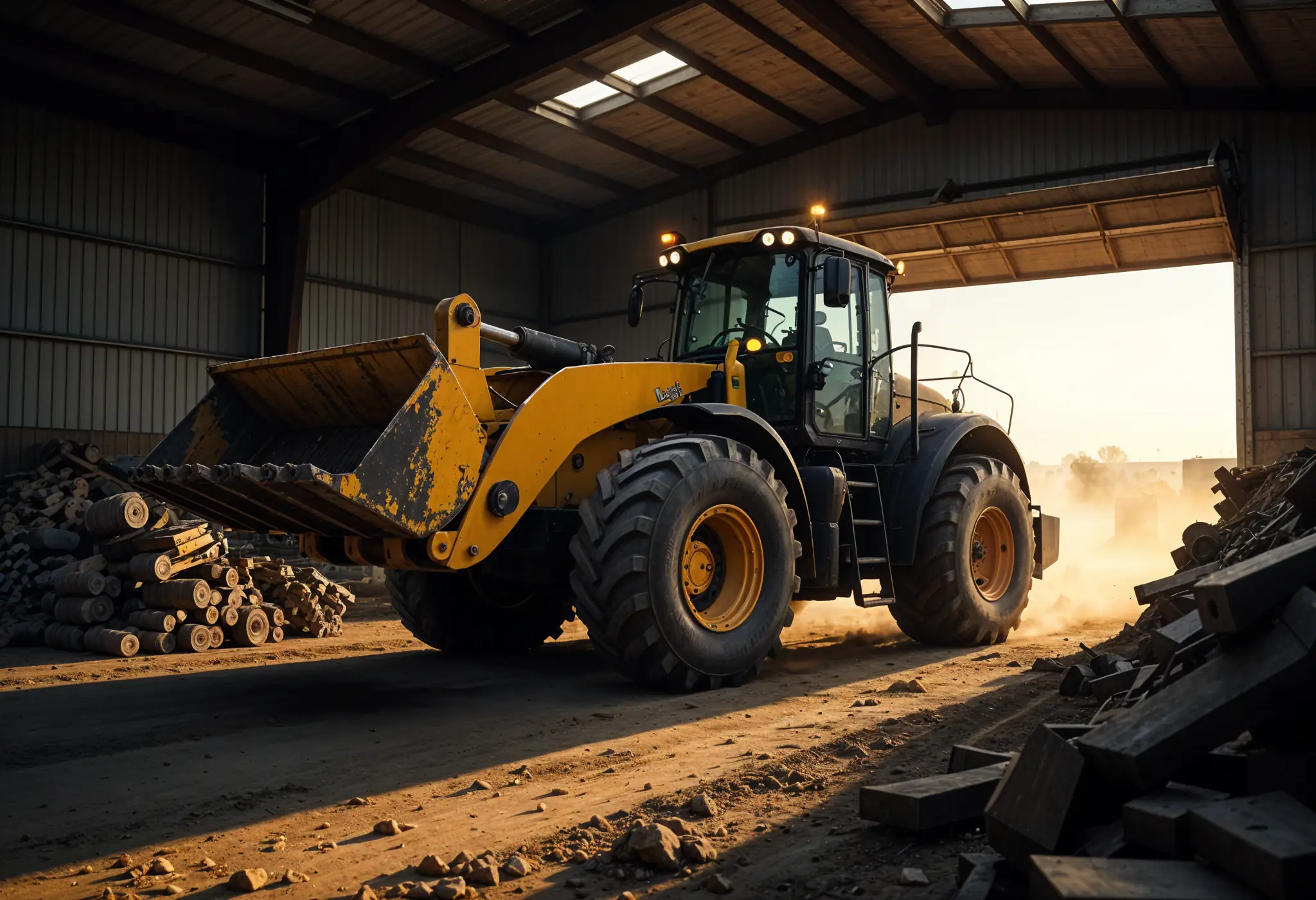
The Essential Farm Equipment Parts You Can't Afford to Run Out Of

How to Service Farm Equipment: A Farmer's Guide to Zero Harvest Downtime
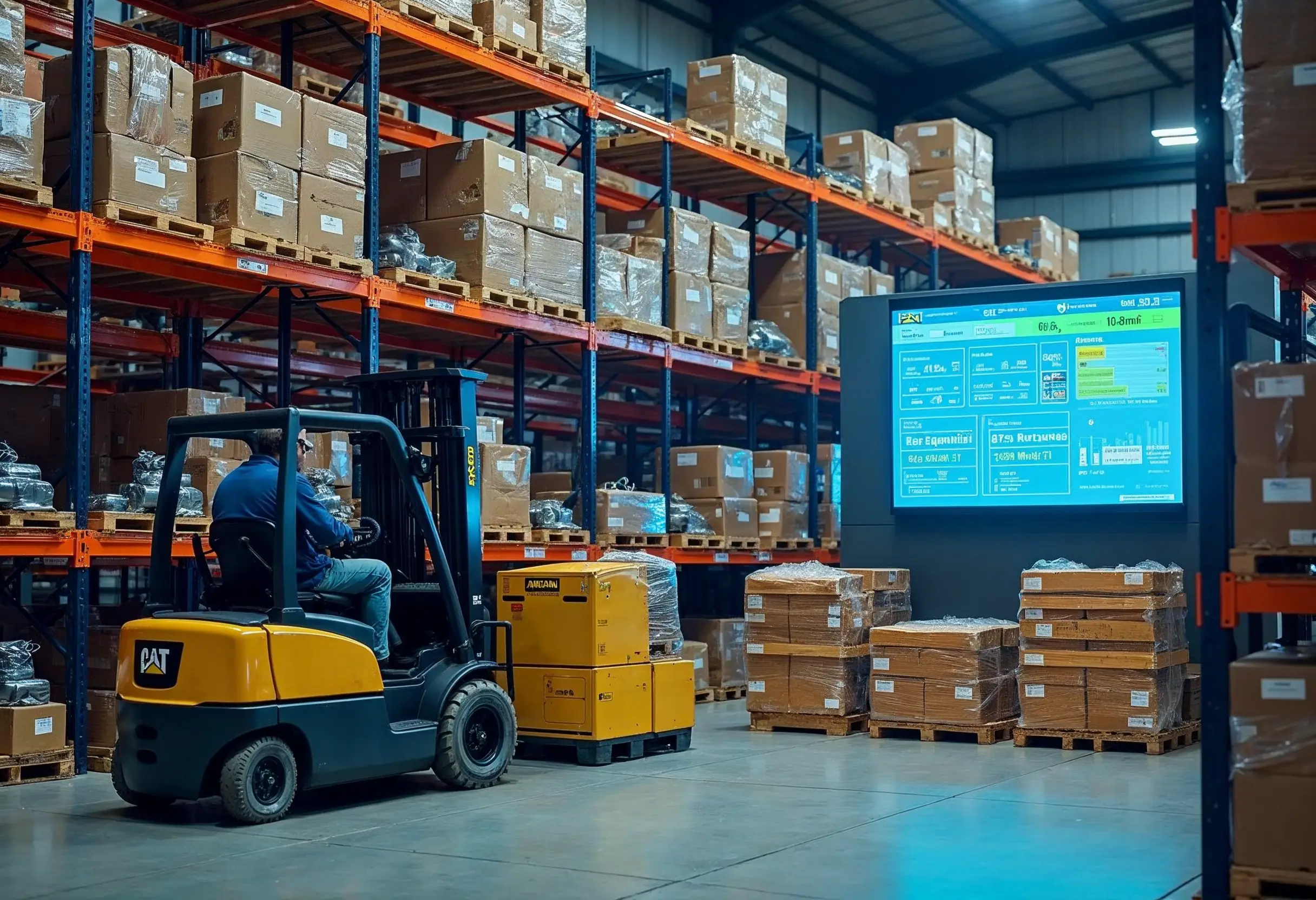
Construction Machinery Parts Suppliers: Expert Selection Guide

How to Apply Machine Safety Rules: From Selection to Installation

Smart Diagnostics Cut Heavy Equipment Failures by 73%

5 Ways to Assess the Environmental Impact of Heavy Construction Machinery

10 Smart Ways to Pick Construction Machinery for 2025 Projects

Rent vs Purchase Equipment: What Heavy Industry Experts Hide

How to Implement a Construction Inventory Management System for Equipment Efficiency

How to Extend Equipment Life Expectancy with Regular Maintenance
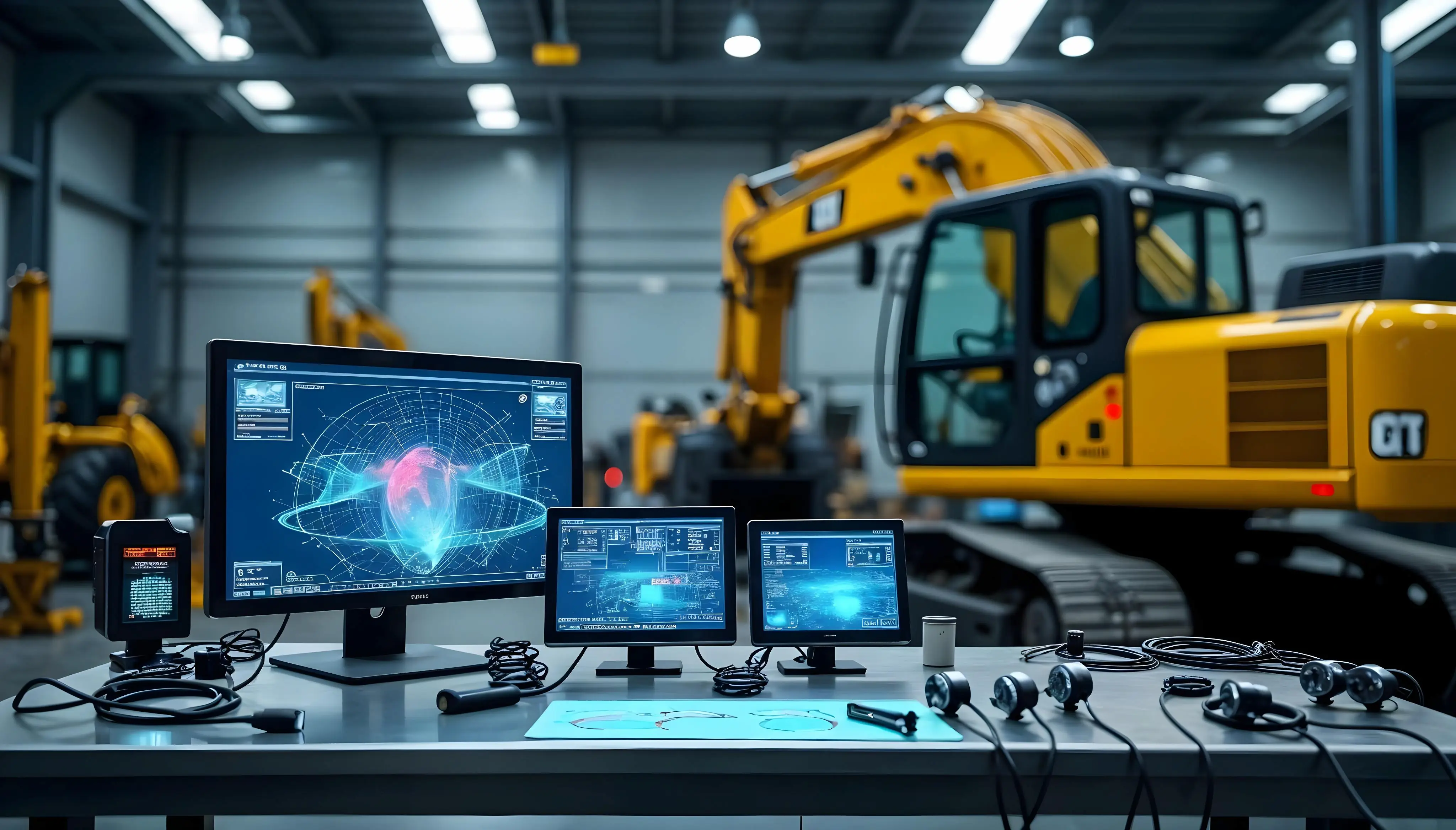
Advanced Heavy Equipment Diagnostic Tools: Ensuring Construction Machinery Quality
Essential Features Your Construction Equipment Inventory System Needs

29 Quick Tips for Choosing Construction Equipment for Remote Locations

How to Select Construction Machinery with Optimal Equipment Maintenance in Mind

Top 25 Tips for Selecting Bulldozers for Construction Sites

Which Construction Loader is Best for Your Project Needs?

4 Key Steps to Form a Construction Machinery QC Team

15 Essential Tips for Selecting the Perfect Crane for Construction

Maximize Savings: Multi-Purpose Construction Machinery for Lower Costs

Affordable Heavy Equipment Parts: A Sourcing Guide

Choosing the Right Road Construction Equipment: A Complete Guide

Motor Graders: Key Elements to Consider for Optimal Selection

A Detailed Guide to Choosing Excavators for Construction Work

Top Tips for Choosing Cranes for Construction Projects
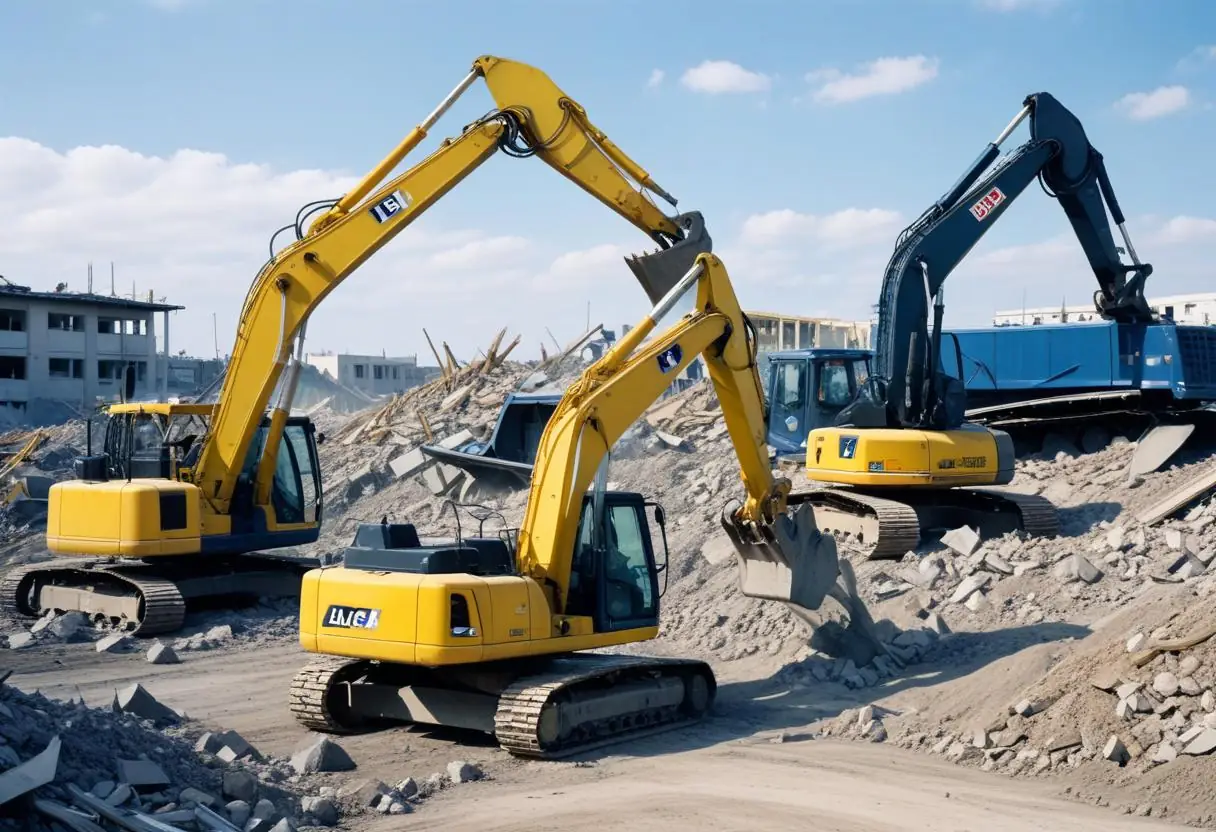
5 Top-Rated Demolition Machines for Construction Professionals

Expert Tips on Choosing Earthmoving Equipment for Large Projects
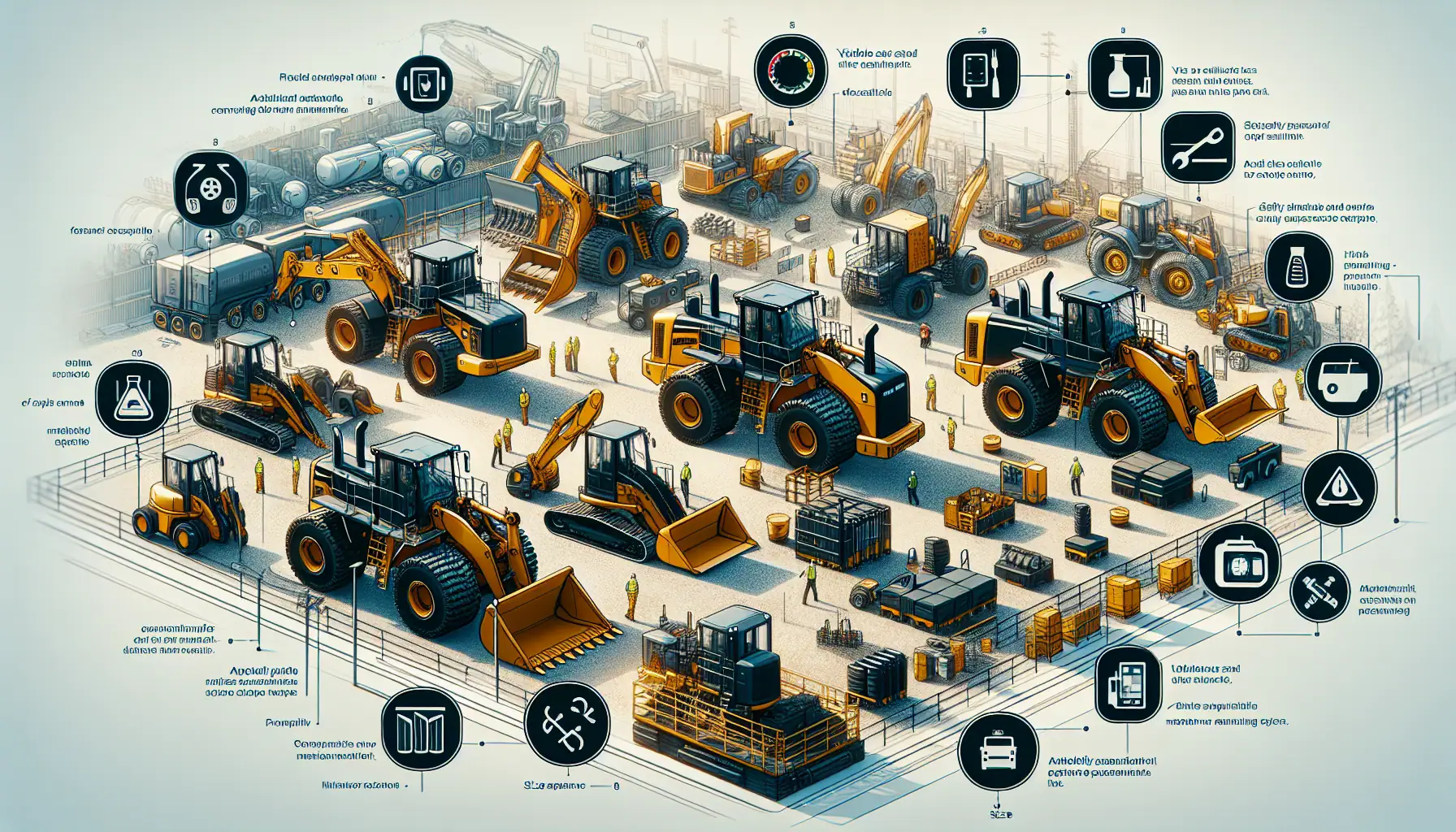
Top Functional Criteria for Selecting Heavy Construction Equipment

Construction Machinery: Detailed Guide to Equipment Specifications

Heavy Machinery Prices: Key Factors in Cost and Quality Balance

Best Construction Heavy Equipment Brands: Pros and Cons

Construction Site Equipment: How to Determine Your Requirements

Maximizing Safety: Risk Management for Construction Projects

Innovations in Construction: Transforming Machinery and Equipment

Heavy Equipment Safety: Beyond the Basics in Construction Compliance

The Essential Handbook for Construction Equipment Repair and Maintenance

How to Efficiently Source Oil and Gas Machinery Parts in NYC

Essential Guide to Sourcing Agriculture Equipment Parts
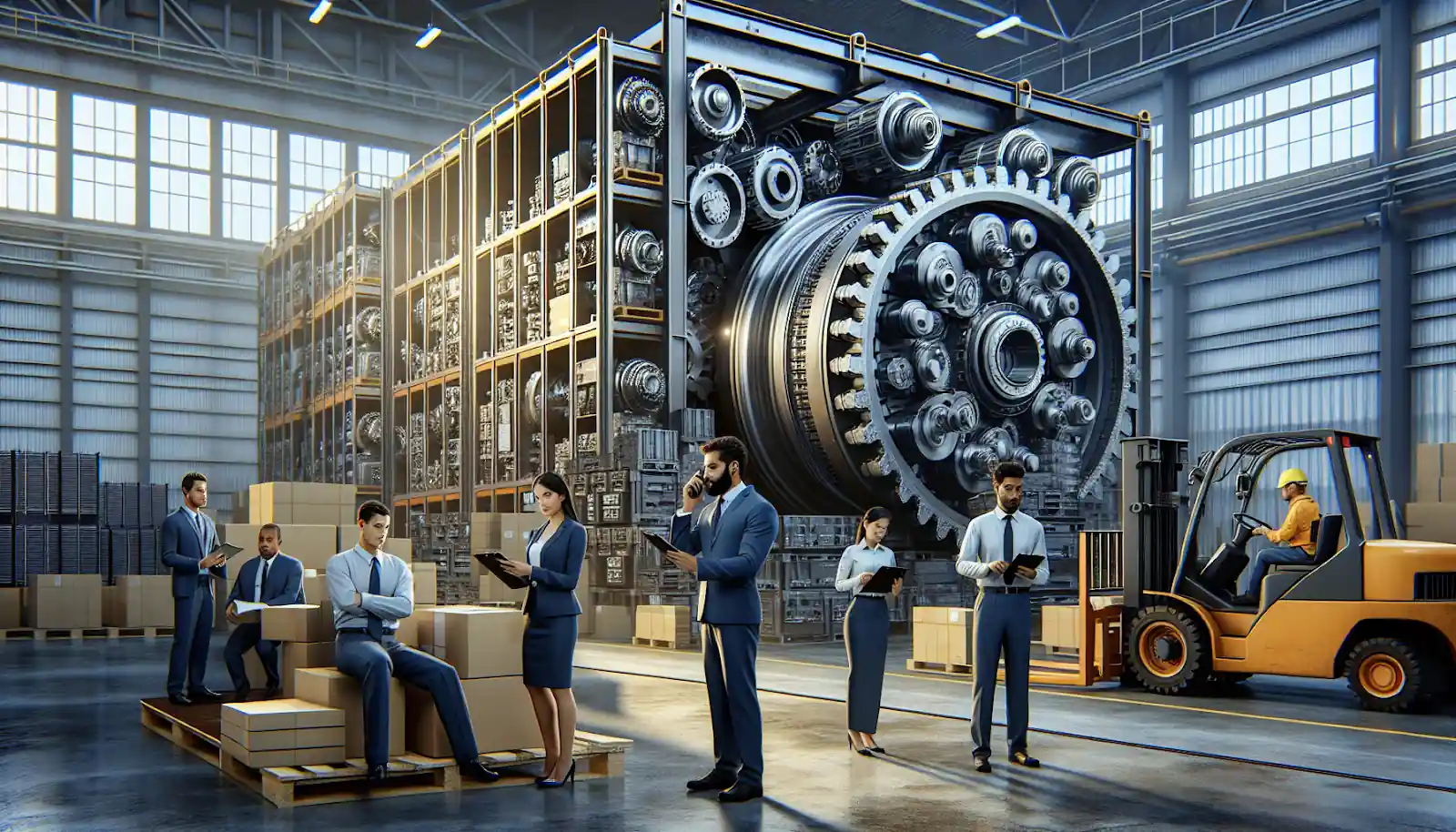
How to Source Mining Machinery Parts: Tips and Strategies
